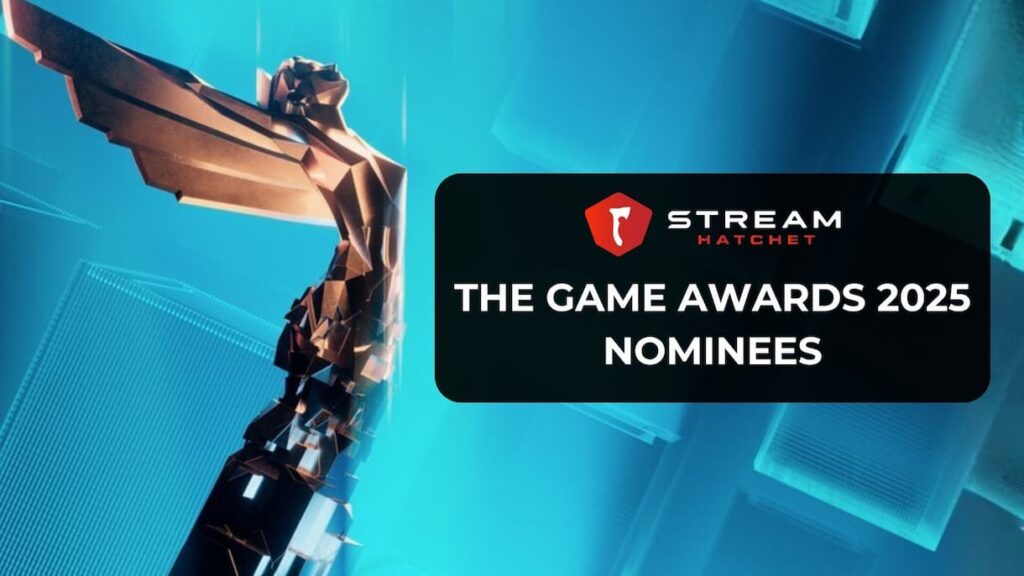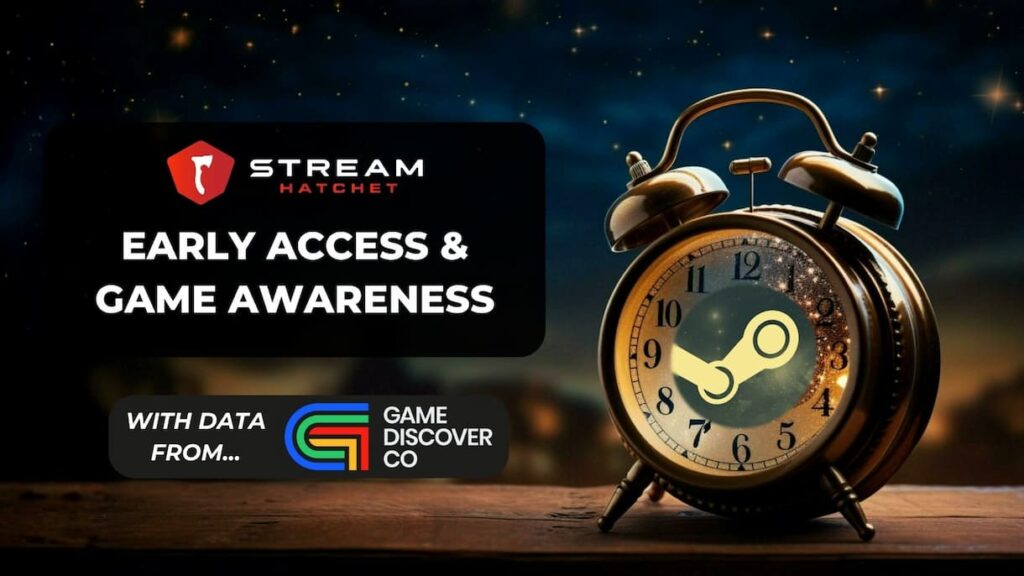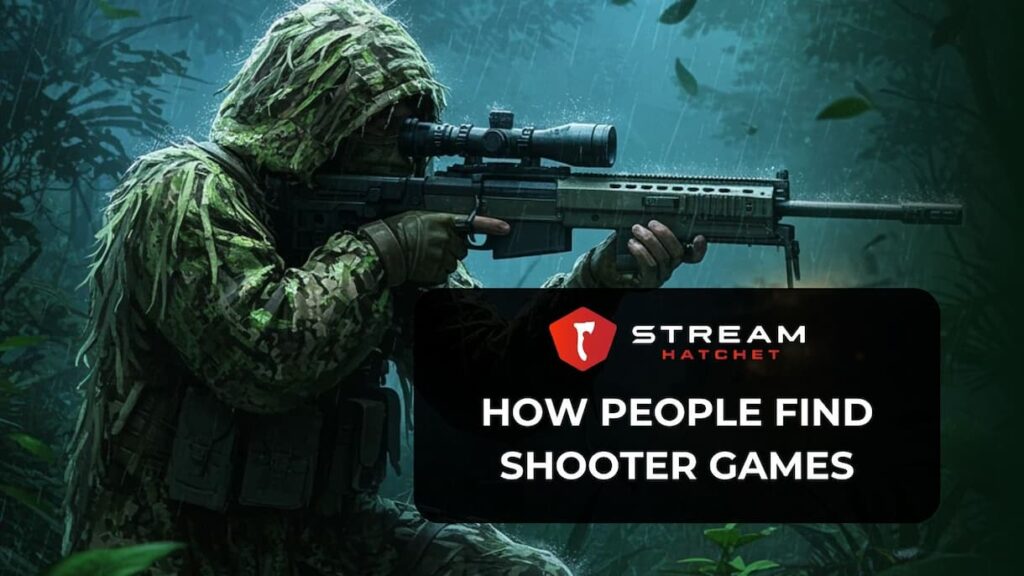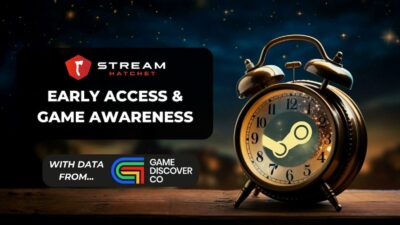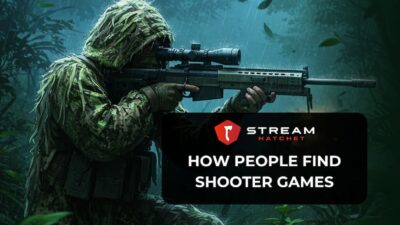When it comes to games, one quality never fails to draw viewers to streaming platforms: Difficulty. The rumor of a new, ultra-difficult game spreads quickly online, with streamers who consider themselves up to the challenge trying their hand at the game for hours on end to prove their mettle. Viewers follow behind, rooting for their favorite streamer to overcome this seemingly impossible challenge.
In recent years, we’ve come to associate this level of challenge with Soulslike games, with Elden Ring being the most current example. But an entirely separate subgenre of difficult game has subtly made its way onto streamers’ radars: Foddylikes. Named after game developer Bennett Foddy, who created the original Foddylike Getting Over It with Bennett Foddy, these Foddylikes use awkward physics-based gameplay and brutal setbacks in player progression to craft devilishly frustrating challenges. The most recent Foddylike making the rounds on live-streaming platforms is Chained Together, a platformer by Anegar Games that one-ups the frustration of regular Foddylikes with cooperative gameplay.
In this article, we’ll look at the success of Chained Together and the rise to prominence of the Foddylike subgenre on live-streaming platforms.
Chained Together Enthralls with Difficult, Co-op Gameplay
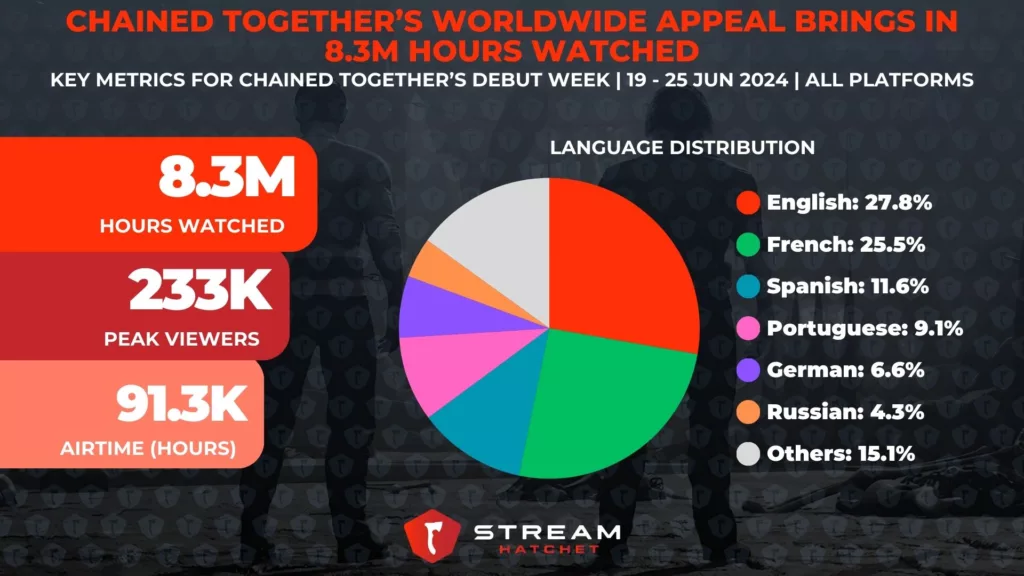
Chained Together had a stunning debut on live streaming, pulling in 8.3M hours watched in its first week with a peak viewership of 233K. The game was adopted by a range of channels from around the world, with 33K unique channels making Chained Together content from English, French, and Spanish-speaking creators. Even VTubers hopped on the trend thanks to the game’s ease of collaboration, with Sakura Miko and Oozora Subaru’s playthrough bringing in some of their highest viewership for the month of June.
This last point might capture why Chained Together was so exceedingly popular upon its release. Although many Foddylikes have been released recently, none have featured co-op play as an integral component of the experience. Co-op encourages streamer collaboration and heightens the entertainment for the viewer as the players struggle to coordinate themselves. Additionally, co-op games are on the rise: Video Game Insights reports that although just 6% of new releases were co-op games in 2023, co-op games accounted for 36% of sales in that same year.
Foddylikes are Catnip to Live Streamers and Their Fans
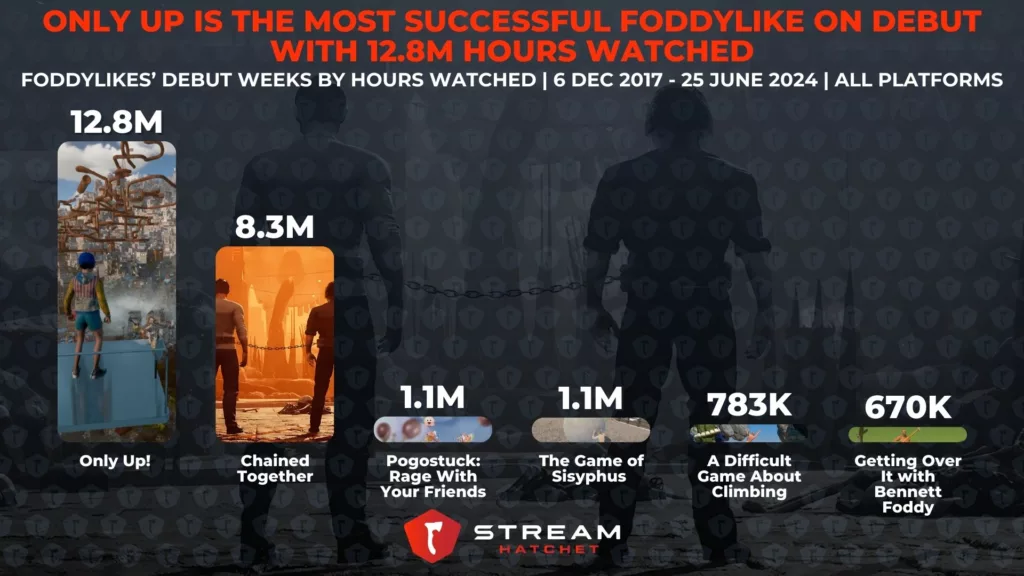
When compared to the performance of other Foddylikes on live streaming, Chained Together’s performance stands out even more. Chained Together had the second highest viewership in its debut week of any Foddylike, beaten by Only Up! with 12.8M hours watched. Both of these games were significantly higher than the competition which sat at around 1M hours watched in their first week. The common thread between Only Up! and Chained Together may be their 3D gameplay combined with their tower-style level design.
Foddylikes are united by more than just their difficult gameplay, however. While the term Foddylike is now used quite liberally to describe difficult games with an arcade-like feel to them, true Foddylikes have a greater unifying presence. Their physics-driven gameplay tasks the player with climbing something (a tower, a cliff, etc.), with a fall having the chance of resulting in a massive setback. Foddylikes share an aesthetic as well, featuring brown and gray color palettes, a vacuous setting, and rough character models that almost fall into the uncanny valley. This aesthetic point explains from a marketing point of view why true Foddylikes are able to catch the attention of streamers more so than other difficult platformers.
Balancing difficulty is also integral to making a frustrating yet paradoxically enjoyable experience. Perhaps these games’ philosophy on difficulty can be best explained by the subgenre’s originator himself, Bennett Foddy. Foddy believes that difficulty is a matter of expectations: Going into a game expecting it to be brutally hard reduces the frustration for the player. A classic example of this is one of Foddy’s earlier games, QWOP, which takes a simple game mechanic (running) and complicates it through a janky control system. If you had these controls in another game, it would turn players off. But as the selling point of an arcade-style game, it works.
Players Want More Difficult Games Across All Genres
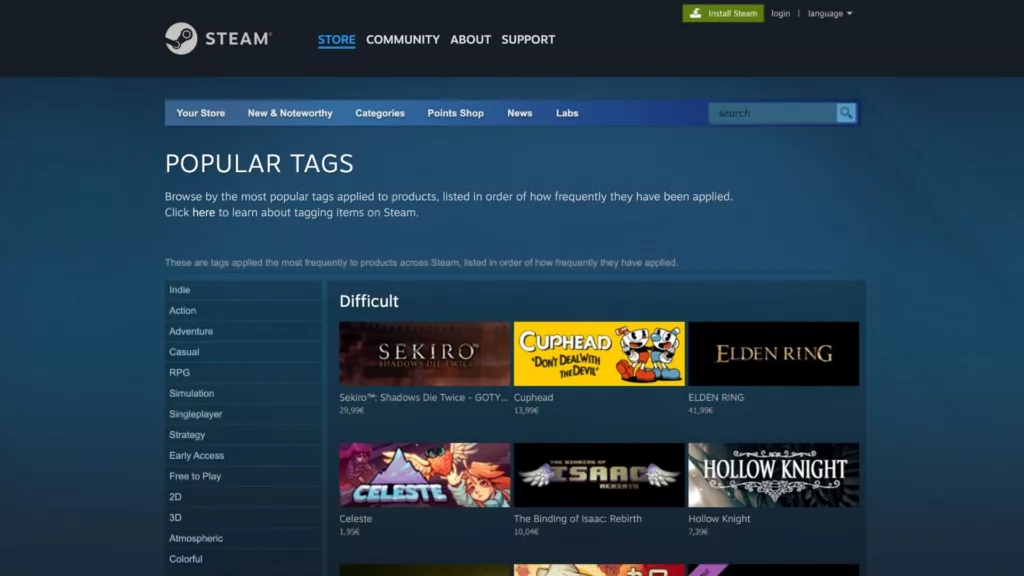
This notion of how players interpret difficulty goes some way to explaining why so many people want to play self-described difficult games. On the Steam Tags page, there are 7.2K games with the “Difficult” tag available – roughly 10% of all tagged games. There are clearly a number of developers that either believe tagging their game as difficult will encourage players to try it out, or hope to manage player expectations by marking their game as difficult. This Difficult tag covers an array of genres from dungeon crawlers (The Binding of Isaac), to Metroidvanias (Hollow Knight), to action games (Sekiro: Shadows Die Twice), and non-Foddylike platformers (Celeste).
As far as live-streaming viewership is concerned, difficult games drawing in viewers is nothing new. Dating right back to the 2000s, flash games would often sell themselves based purely on their level of challenge. The Impossible Quiz and The World’s Hardest Game tell the player very little about the experience they’re about to undergo other than that it will be challenging. Soulslike games are the most recent version of this obsession, but provide more room for discussion thanks to the different builds that players can adopt to overcome the games’ challenges. Difficulty can also be used to justify a major streaming event, such as the recent release of the Deep Dip 2 map in Trackmania.
Difficult games may not be every player’s cup of tea, but watching someone overcome a difficult game can be enjoyed by everyone. With some streamers purposely seeking out greater challenges for their content, selling one’s game as “difficult” could be a viable strategy for an indie developer looking to promote their game. The success of Chained Together also demonstrates the demand for more co-op gameplay in this space. Stream Hatchet will be watching to see which new Foddylikes capture streamers’ attention in the coming months.
To keep up to date with the latest genre trends on live-streaming platforms, follow Stream Hatchet:

